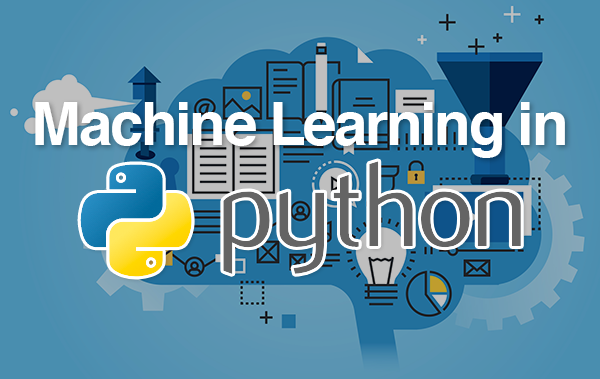Multi-class Classification using GaussianNB, MultinomialNB, BernoulliNB classifiers

Multi-class classification is a type of machine learning task where we have multiple classes or categories that an input can belong to. For example, in a problem of image classification, we may have multiple classes such as “dog”, “cat”, “car”, etc. In this essay, we will be discussing how to use three different types of Naive Bayes classifiers, GaussianNB, MultinomialNB, and BernoulliNB, for multi-class classification.
Naive Bayes classifiers are a type of machine learning algorithm that uses Bayes’ theorem to make predictions. Bayes’ theorem states that the probability of an event occurring is equal to the probability of the event’s cause occurring multiplied by the probability of the event given the cause has occurred, divided by the probability of the cause. In the case of Naive Bayes classifiers, the event is the input data, and the cause is the class or category that the input belongs to.
The GaussianNB classifier is used for continuous data, where the features are real-valued. It makes the assumption that the data is normally distributed, and uses the mean and standard deviation of the data to make predictions.
The MultinomialNB classifier is used for discrete data, where the features are non-negative integers. It makes the assumption that the data follows a multinomial distribution, and uses the frequency of the data to make predictions.
The BernoulliNB classifier is also used for discrete data, where the features are binary (0 or 1). It makes the assumption that the data follows a Bernoulli distribution, and uses the probability of the data to make predictions.
When using these classifiers for multi-class classification, the input data is passed through the classifier, and the classifier returns the class or category that the input most likely belongs to. The classifier does this by calculating the probability of the input belonging to each class and choosing the class with the highest probability.
It’s important to note that the assumptions made by each classifier may not always hold true for the data. In such cases, the classifier may not perform well. It’s also important to evaluate the performance of the classifier on a separate test dataset to get an idea of how well it will perform on new data.
In conclusion, Multi-class classification is a powerful machine learning task that can be accomplished with a few simple steps. By understanding the characteristics of the data, creating a model, and training and evaluating the model, we can build a powerful machine learning model that can accurately classify the input into multiple classes. GaussianNB, MultinomialNB, and BernoulliNB are three different types of Naive Bayes classifiers that can be used for multi-class classification. Each classifier makes different assumptions about the data, and it’s important to understand the assumptions made by each classifier and choose the appropriate classifier for your task.
In this Applied Machine Learning & Data Science Recipe (Jupyter Notebook), the reader will find the practical use of applied machine learning and data science in Python programming: Multi-class Classification using GaussianNB, MultinomialNB, BernoulliNB classifiers.
Disclaimer: The information and code presented within this recipe/tutorial is only for educational and coaching purposes for beginners and developers. Anyone can practice and apply the recipe/tutorial presented here, but the reader is taking full responsibility for his/her actions. The author (content curator) of this recipe (code / program) has made every effort to ensure the accuracy of the information was correct at time of publication. The author (content curator) does not assume and hereby disclaims any liability to any party for any loss, damage, or disruption caused by errors or omissions, whether such errors or omissions result from accident, negligence, or any other cause. The information presented here could also be found in public knowledge domains.
Learn by Coding: v-Tutorials on Applied Machine Learning and Data Science for Beginners
Latest end-to-end Learn by Coding Projects (Jupyter Notebooks) in Python and R:
Applied Statistics with R for Beginners and Business Professionals
Data Science and Machine Learning Projects in Python: Tabular Data Analytics
Data Science and Machine Learning Projects in R: Tabular Data Analytics
Python Machine Learning & Data Science Recipes: Learn by Coding
How to do Fashion MNIST image classification using GradientBoosting in Python
How to do Fashion MNIST image classification using Xgboost in Python